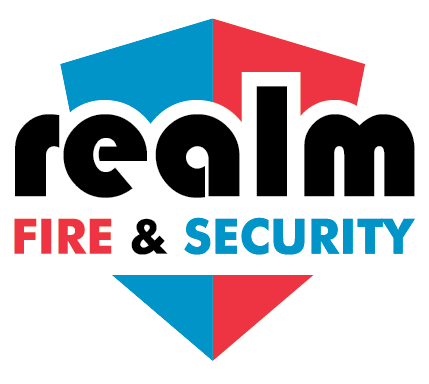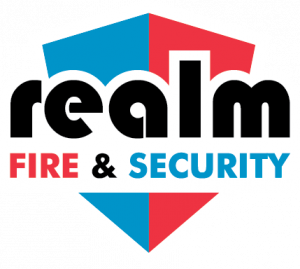Door Entry Systems in Aberdeen
The term door entry refers to the practice of restricting entrance to a property, a building, or a room to authorized persons. Physical access control can be achieved by a human (a guard, bouncer, or receptionist), through mechanical means such as locks and keys, or through technological means such as access control systems like the mantrap. Within these environments, physical key management may also be employed as a means of further managing and monitoring access to mechanically keyed areas or access to certain small assets.
For a Door Entry System Call us today on 01224 710014 or:
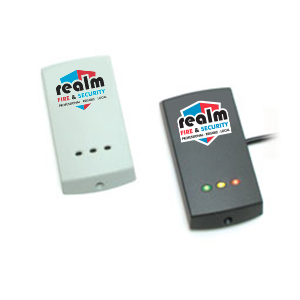
Access Control
Electronic access control provides the most efficient and convenient way of securing your building and assets. Installing an access control system with Realm Fire & Security means that you will never have to change a lock again.
Physical Door Entry
Physical door entry is a matter of who, where, and when. A door entry system determines who is allowed to enter or exit, where they are allowed to exit or enter and when they are allowed to enter or exit. Historically, this was partially accomplished through keys and locks. When a door is locked, only someone with a key can enter through the door, depending on how the lock is configured. Mechanical locks and keys do not allow restriction of the key holder to specific times or dates. Mechanical locks and keys do not provide records of the key used on any specific door, and the keys can be easily copied or transferred to an unauthorized person. When a mechanical key is lost or the key holder is no longer authorized to use the protected area, the locks must be re-keyed.
Electronic Door Entry
Electronic door entry uses computers to solve the limitations of mechanical locks and keys. A wide range of credentials can be used to replace mechanical keys. The electronic door entry system grants access based on the credential presented. When access is granted, the door is unlocked for a predetermined time and the transaction is recorded. When access is refused, the door remains locked and the attempted access is recorded. The system will also monitor the door and alarm if the door is forced open or held open too long after being unlocked.
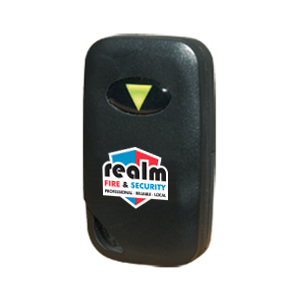
Proximity and Smart Cards
A proximity card is a smart card which can be read without inserting it into a reader device, as required by earlier magnetic stripe cards such as credit cards. To use, the proximity card simply needs to be held near an electronic reader unit to be read by the system.
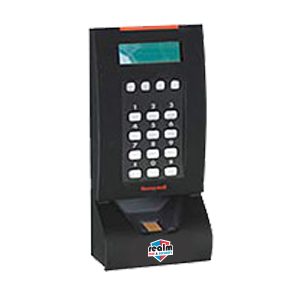
Biometric Readers
Authentication by biometric verification is becoming increasingly common in corporate and public security systems, consumer electronics and point of sale (POS) applications. In addition to security, the driving force behind biometric verification has been convenience.
